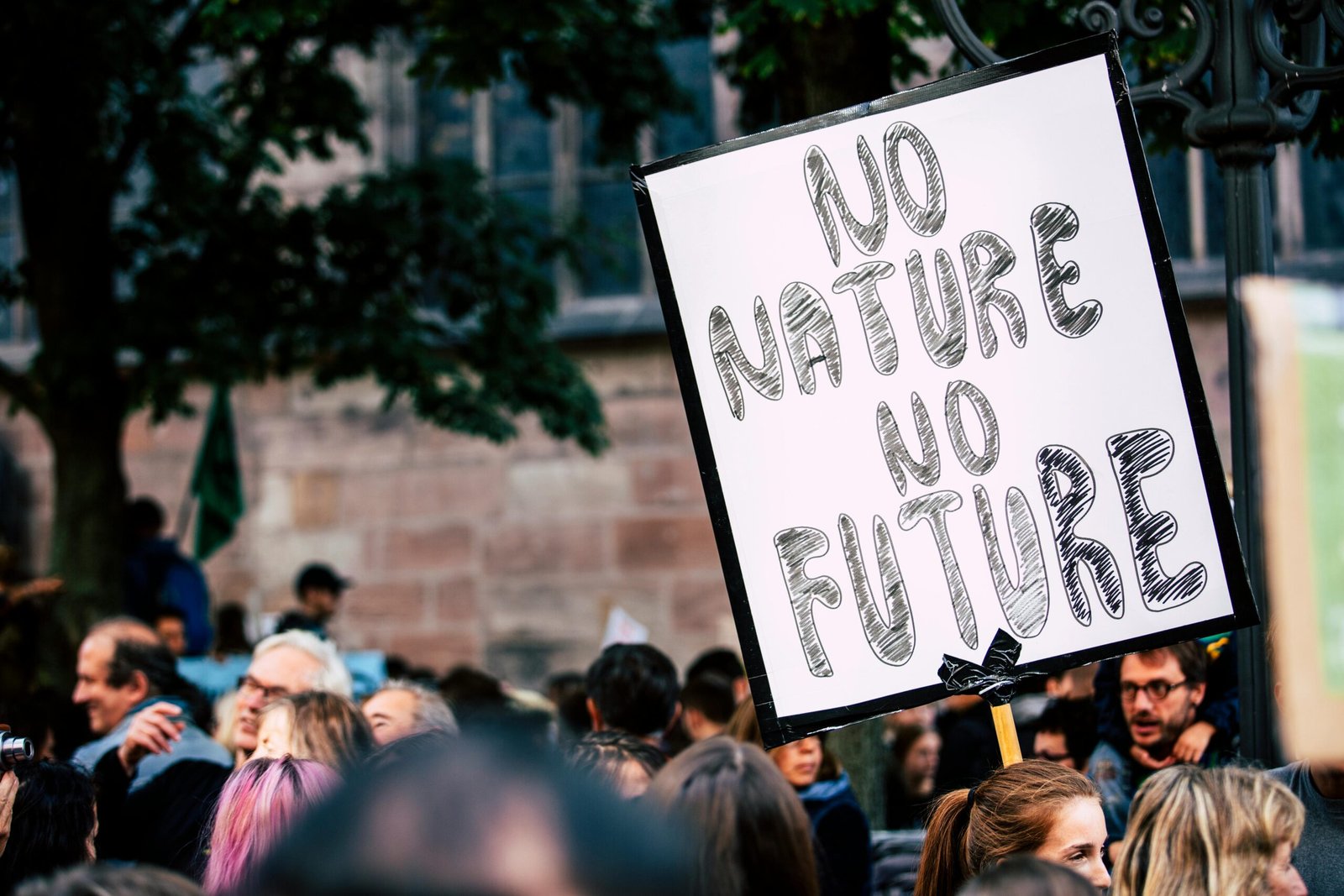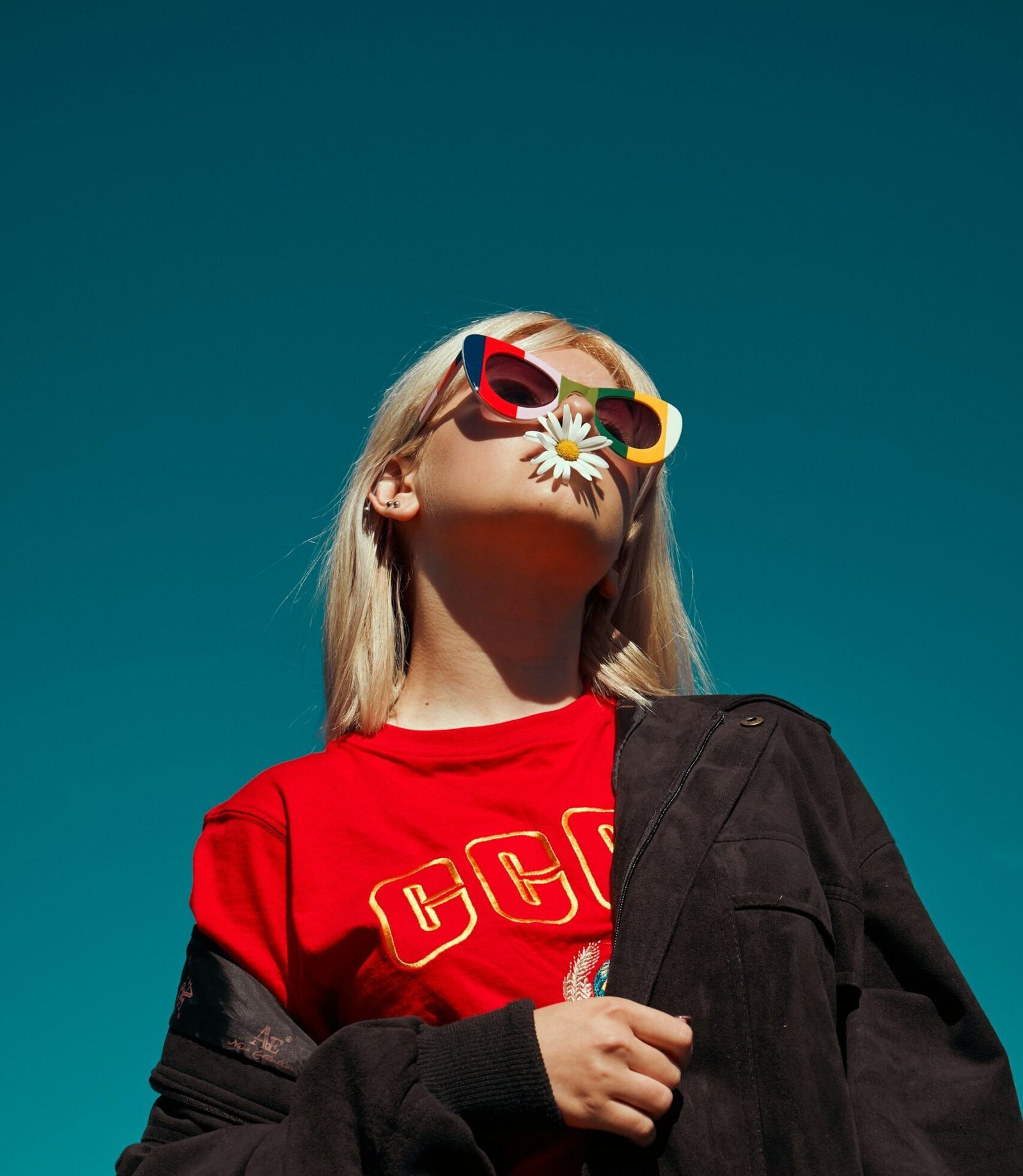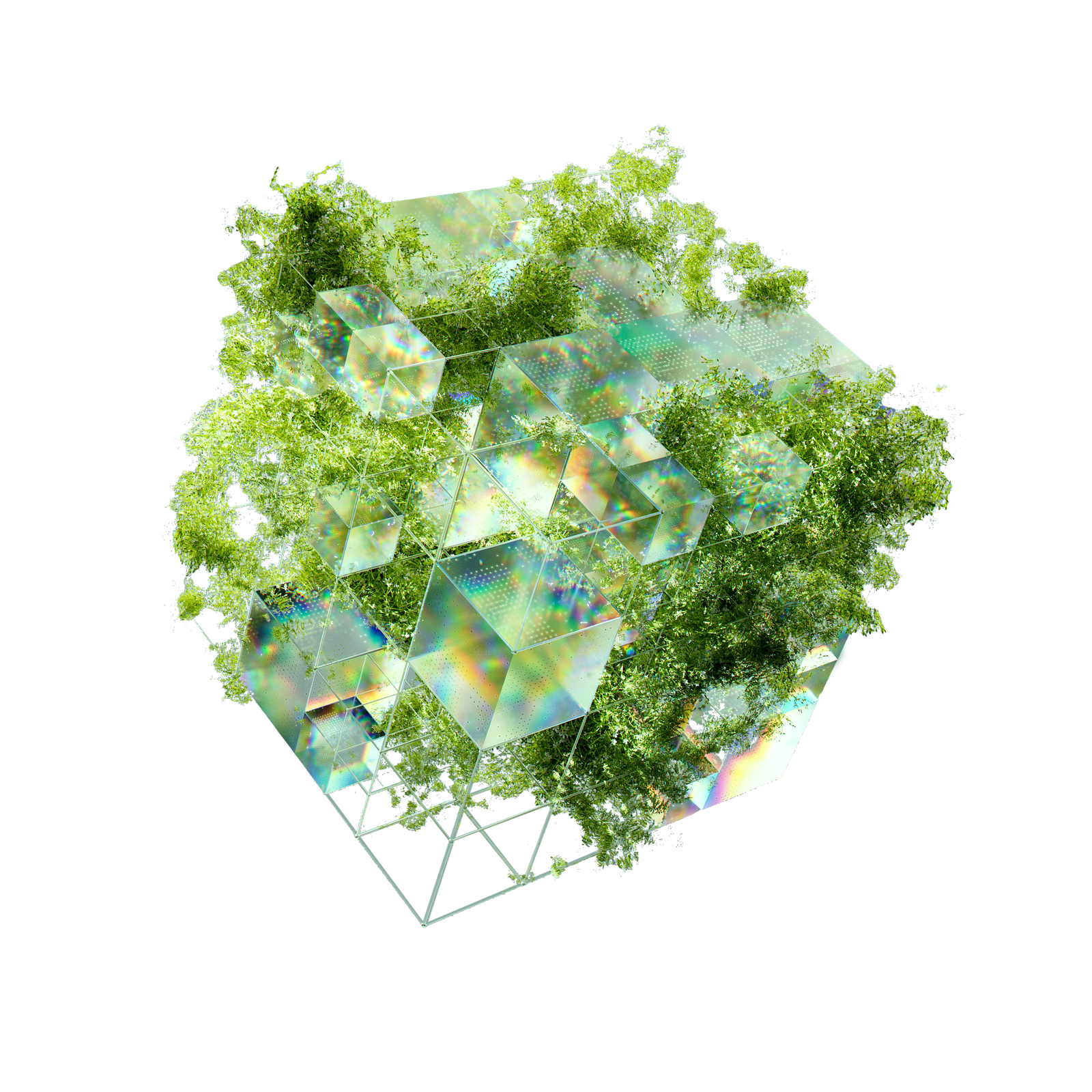How many fashion brands sell eco-friendly products in the name of sustainability but when it comes to the impact their other business practices are having on the planet it is a big question mark? Their material sourcing and labour practices, manufacturing processes, emissions, carbon footprint – are just some things that are usually not touched upon. While selling eco-friendly products is contributory to the planet, if in producing it you release more emissions than what your products offset, then you need to ask yourself what kind of impact is your business really having on the planet?
In these terms No Nasties has a lot covered. This isn’t an ad, neither is this post sponsored by No Nasties or any of its partners. A lot of research has gone into it before we say this – No Nasties is an Indian sustainable brand which doesn’t stop at improving its business.
Here are some points about No Nasties that other fashion brands could use to assess their own practices and to guide their journey towards sustainability.
1. 100% Organic Materials
Organic cotton is the only material used in manufacturing all of their clothes. Some benefits of organic cotton over the conventional one are that a) it uses less energy and even lesser water to grow and, b) it is more durable than regular cotton so its quality of use remains high for a longer period of time.
2. Partnering With Responsible Suppliers
Knowledge about how and where your suppliers source their materials from is a big step in improving business practices. All of the organic cotton used in No Nasties’ clothes comes from Chetna Organic – a farmer owned organization that works with Indian small-scale organic farmers to create sustainable market linkages for their products in the national and international domain. How do we know this? It’s because No Nasties uses only one manufacturer, Rajlakshmi Cotton Mills (RCM) Pvt. Ltd, which in turn only produces clothes made from organic cotton sourced from Chetna Organic (see list of partners here). Environmental and social impact? We are all for it.
3. Fair Labour Practices
Rajlakshmi Cotton Mills (RCM) Pvt. Ltd has fair practice certifications from FLOCERT (FLO ID 4512), Fair Trade-USA and SA8000. They strive to go beyond the usual ‘minimum wage’ and ‘no child labour’. Additionally they also use low-impact dyes which are also certified. We could say expectations met (or exceeded). Inhuman labour conditions is a big problem in the fashion industry. No Nasties makes sure it isn’t the one supporting it.
4. Reusable Packaging
It has partnered with Ecovia, which upcycles used billboard banners and recycled plastic polymer to make reusable packaging for e-commerce and hyperlocal deliveries. Customers can return the packaging once they have received their deliveries, thus forming a circular chain here. There are also various other such businesses providing sustainable packaging solutions. More on them later.
5. Carbon Footprint Calculation
You need to understand your impact first to know how much you have to do in order to reduce or offset it. Here, No Nasties uses the help of two organizations: Green Story and Simplizero. The former performs the Life Cycle Anaylsis of each product to calculate the carbon footprint while the latter keeps a record of the carbon offsets made by the company.
6. Offsetting your Emissions
There are certain emissions that cannot be prevented during the entire process from sourcing to delivery. These may include emissions from transportation, storage, electricity usage etc. These can instead be ‘offset’. Meaning you can indulge in activities that avoid or remove CO2 . For example No Nasties invests in solar and wind power projects and plants trees for every purchase made. You can read all about it on their website.
7. Transparency
Listen, greenwashing is a concept that almost every individual is aware of today. Numerous companies have come under scrutiny for falsely using terms to mislead customers into thinking that the company is doing good for the planet, when it is all just a marketing gimmick. Recently H&M too had come under the legal lens for the same issue. Consumers have become even more skeptical about this. So you have to make sure your practices and future goals are transparently conveyed to your customers if you want them to believe you are different and better for the planet. Yep, No Nasties is as transparent as it gets. All of its information we talked about here is available on its website.
Bonus Point
You can be one step ahead by changing your business model to an access-based one. This means you can provide ‘access’ to your clothes to the customers for a short period of time for a fee. People purchase frequently, so being able to access different styles for short periods of time can keep the clothes more in loop, engage the customers more by giving them the responsibility for proper care of fabrics and still meet the ever-changing market trends of the fashion world. This could also really bring circularity in the equation. Two fashion brands successfully doing this are MUD Jeans and Vigga.




